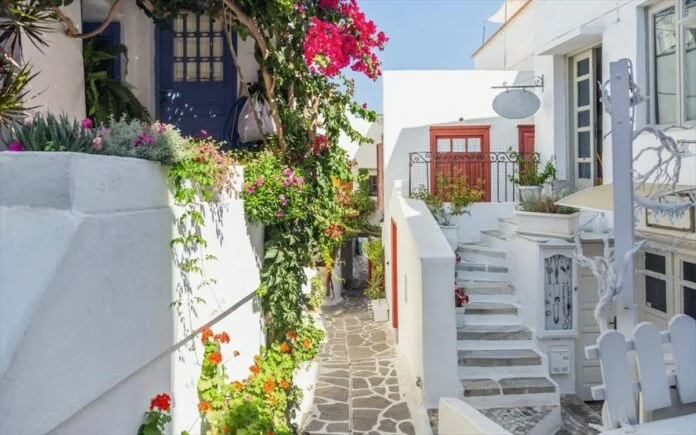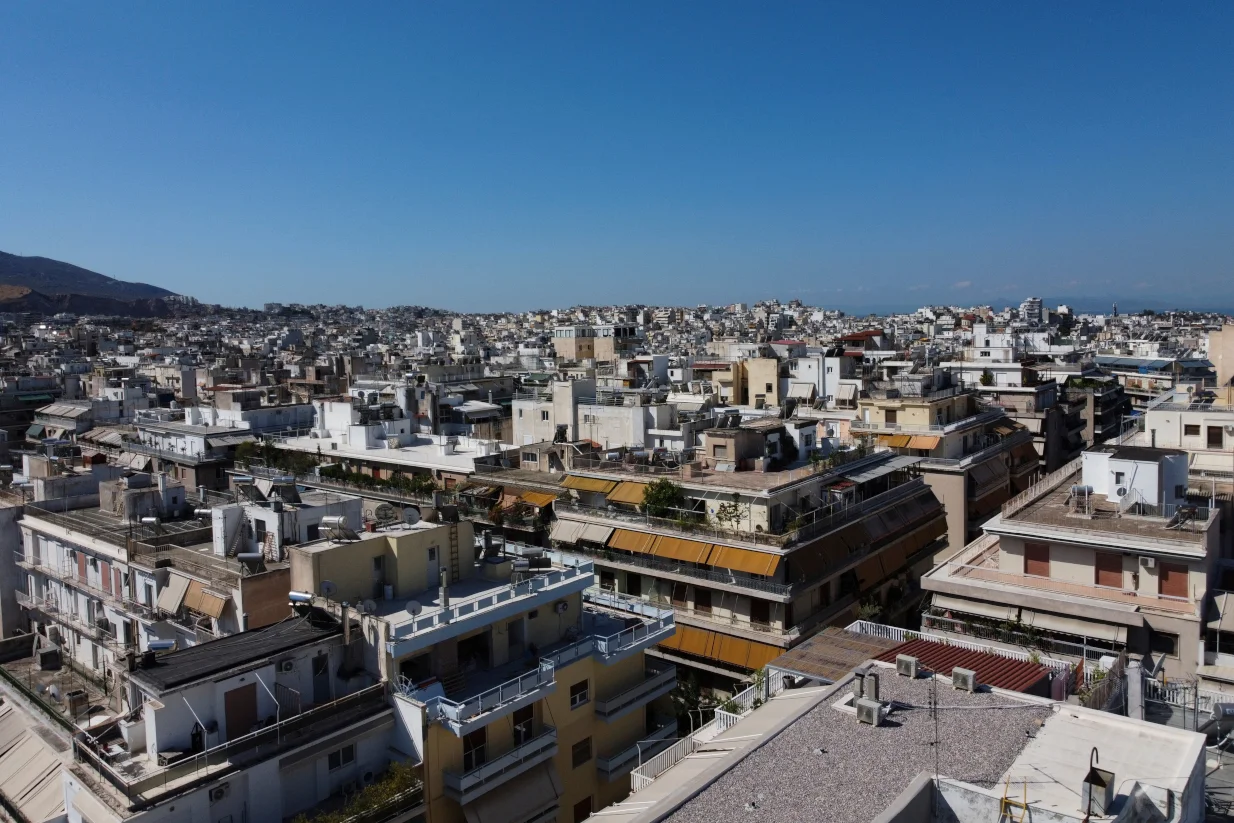The wildflower of the Parthenon is an impressive sculpture that adorned the roof of the temple in ancient times. A plaster representation, made up of some original fragments of the work, can be seen today at Acropolis Museum and amazes visitors both for its size and its particular shape.
The Acropolis Museum today shows a plaster restoration of one of the two Anthemia that were present in the temple.
The flowers were sculptures that complemented the decoration of the pediments and were located above the three corners. They were usually in the form of animals, mythical monsters, plants, and in some cases gods. Those that depicted flowers were called "Anthemia". "Anthemia" began to decorate ancient temples in the late 6th century.
The temple of the Parthenon had capes at the corners of the pediments with statues of Niki(Victory) and two large Anthemia in the center. One at the top of the west pediment and one at the top of the east pediment. The west pediment represents the quarrel between Athena and Poseidon for the protection of Attica, and the east pediment, which was over the main entrance of the temple, the birth of Athena from the head of Zeus. One of the most beautiful and elaborate Anthemia was the one on the western rooftop.
Acanthus is a small thorny plant. The genus of thorns consists of about 30 species with large spiny leaves and erect cylindrical inflorescences with white and purple flowers.
The Plant Cape of the Parthenon, as it is otherwise called since it adorned the majestic temple of Athens, was correspondingly huge in size. It reached four meters and was built between 447 BC - 432 BC. It looked like a stylized flower. Specifically, the sculptor who created it seems to have been influenced by the nature that surrounded the monument.
The sculpture had elements of thorny leaves and palm trees. The palm tree was a symbol of wealth in art and the 5th century Acropolis was synonymous with glory and wealth. Acanthus was a typical flower of Athens that bloomed on the slopes of the sacred rock for thousands of years.
It is a wildflower that grows in the shade of trees every spring and can be found at all archeological sites. Its foliage was a decorative motif in many works of art in ancient Greece. It was particularly popular with the sculptor Callimachus, who is said to have been inspired by the thorny leaves to create the famous Corinthian capital.
One of the most beautiful and elaborate Anthemia was the one on the western peak of the roof.











